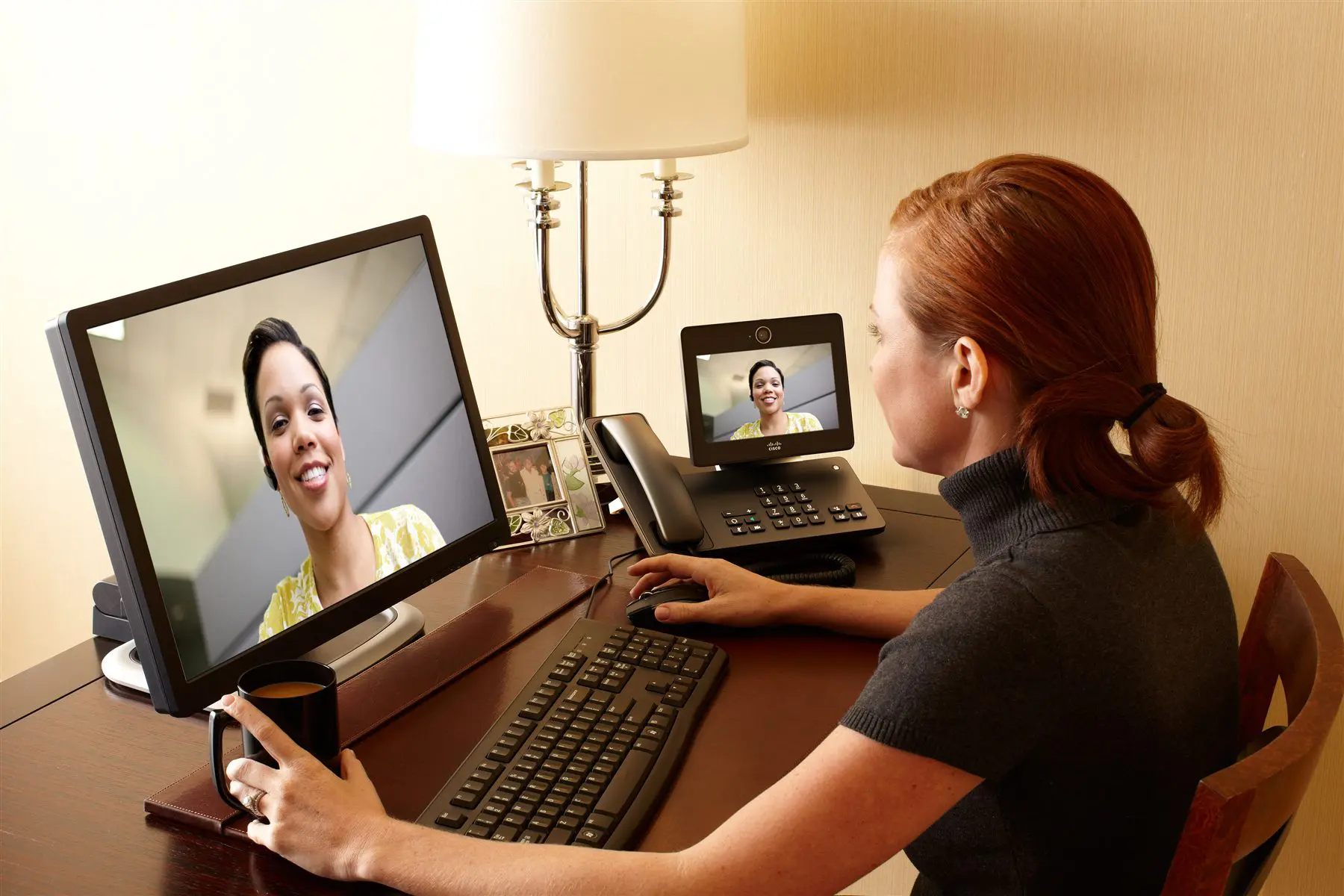
5 Tips to Work from Home Successfully
By now the shock of moving our offices from a bustling professional environment to a kid-screaming, dog barking, rooster-crowing (yes I’ve experienced this loudly on a call), chaotic nightmare has possibly worn off, or… maybe not.
As we navigate through unprecedented times with regards to the COVID-19 pandemic, teleworking has become the most important solution for some companies trying to keep their businesses running. But are you teleworking successfully? There is a big difference- and frustration level- between working from home, and working from home successfully.
Here are 5 tips that may help you increase the quality of your teleworker setup, and reduce frustration:
(1) INTERNET QUALITY
Your bandwidth quality is the most important aspect of working from home successfully.
- Check your Wifi Connection: There are free apps, such as WIFIman, that will test how strong your WIFI signal is and analyze devices connected to your network using SNMP, UPnP, UBNT & more discovery protocols.
- Run a Speed Test: Internet speed tests will provide real-time stats on upload and download speeds that you are receiving (versus what you pay for). If you are experiencing VoIP call quality issues or slow internet speeds, run a speed test while the problem is occurring. To run a speed test: open your google browser and type ‘Internet Speed Test’, then click ‘Run Speed Test’…it’s that simple. You can also check on Internet outages in real time at Downdetector.
- Direct Connection to the Modem: When available, you’ll want to connect directly to the modem using CAT6 cable (at least CAT5e, but CAT6 is preferred). A wired connection will provide the strongest bandwidth to you, not the kids. Hehehe.
- Outdated Modems: Make sure your modem can handle the type of ISP speeds that you are paying for. The hardware MUST be current. Ex- paying for 300 DL and only getting 100 may mean that your modem is too old and cannot handle those speeds.
- Upload Speeds are more Important than Download Speeds for VoIP: When deploying VoIP calling services, upload speeds become more important for voice quality than download speeds. You can find more info on this, by clicking here (see step 3). Overall, I’d say 5-10 mbps upload is ideal for a work-from-home environment.
- Understand How Social Isolation is Impacting Latency: Latency refers to the delay of data signals to its destination and back. With 1/3 of workers now at home and kids out of school, bandwidth usage has skyrocketed–along with latency, causing Tech Giants such as Amazon, YouTube, Apple, and Netflix to step in and lower the streaming quality of their services. It’s also helpful to reserve high-bandwidth activities, such as gaming or streaming sessions to the evening as to not impact your bandwidth quality during the day.
(2) EQUIPMENT
The next most important aspect of working from home successfully is your hardware. Outdated laptops/computers, modems, IP phones, smartphones, and headsets could cause more trouble then they are worth. As tech companies push forward with new software updates they tend to stop supporting older models of hardware because it becomes too costly to support. As a good rule of thumb, update your hardware every three (3) years.
- Headsets: We recommend splurging on a high-quality headset with built-in noise cancellation technology. For ideal voice quality, it is recommended to use a wired headset so you’re not competing over bandwidth; however, if you like to walk around while talking (or chasing the kids) then choose a quality headset that offers Bluetooth with dynamic range, and buttons to answer, mute, merge, and release calls.
The amount of headsets on the market is overwhelming, so we recommend taking the time to evaluate your needs and style. Click here for a list of qualifying questions when deciding which headset to buy.
- IP Phones: We may be bias, but we love Yealink IP phones because of the HD sound quality, design, and affordable price tag. We recommend choosing a model that offers Yealink’s patented Acoustic Shield Technology. Acoustic Shield essentially provides a virtual perimeter around your conversation by picking up and weeding out background noise. It’s a pretty cool feature- we dig it! Check out some models that offer this technology by clicking here.
(3) VIDEO CONFERENCES
Video conferencing is a great way to stay connected to your coworkers, clients and prospects. People are naturally social beings and love to see smiling faces. Some do’s and don’ts of video conferencing are–
- Dress Appropriately: Business on the top, party on the bottom! In other words, wear a nice shirt even if you are wearing pj bottoms.
- Lighting: Face lighting toward your face and minimize any back lights.
- Mute Buttons: If using your computer speakers for audio (not recommended), be sure to mute your speakers when you are not talking. This helps eliminate feedback that computer speakers can pick up in the background.
- Background: Be aware of the items in the background. Remove any object, thing, or person that could be a distraction or of embarrassment to you. Cameras can pick up more background space then you may think, so testing the capture area prior to your video conference is recommended.
- Remember People can See & Hear You: For some reason people tend to forget they are on camera, and some pretty hilarious- and embarrassing- things have been captured because of it. Be mindful of your body language, movements, and don’t text or start surfing the web during the meeting. Use the mute button often!
(4) ERGONOMICS
Ergonomics is the study of interaction between human and system with the goal of increasing efficiency, ease of use and reducing injuries. As such, an ergonomic-friendly office setup is key to staying efficient, comfortable and safe.
- Monitor Height: Your monitor should be elevated at eye level to prevent straining on your neck.
- Mouse & Keyboard: If using a laptop, you may want to purchase a wireless mouse and keyword, so you’re not straining your body to type. You can also find ergonomic mouses that cradle your hand naturally to help with carpal tunnel syndrome.
- Chair: Your chair height should promote a straight back with your arms at a 90-degree angle while typing.
- Sitting & Standing: Alternate between sitting and standing if you want to avoid back problems for the rest of your life. Purchase a sit-stand desk converter- it’s a life saver!
(5) FAMILY TIME
With daycares and schools closed, working from home can be a challenge. Making sure everyone is aware of your schedule- including important meetings is a must. Set boundaries for family members by placing notes on the door (ex- “Do Not Disturb- Important Meeting in Progress”) can go a long way to avoid interruptions. Find a space that you can control and keep your planner and reminders updated to receive scheduling alerts.
Take frequent breaks every 60-90 minutes, and enjoy time with the family when you can. The world has slowed down, and maybe we should embrace it while we can. Remember, we’re all in this together.
ACC Telecom specializes in remote teleworker software for businesses. Contact us to learn more about teleworking solutions to increase efficiency and productivity.
